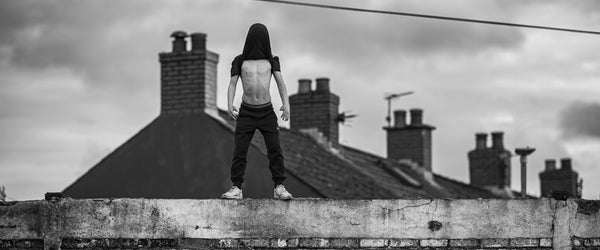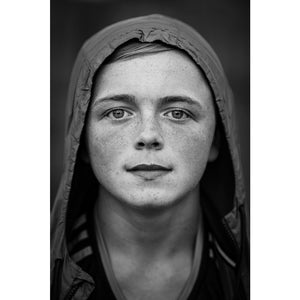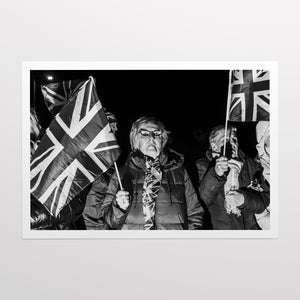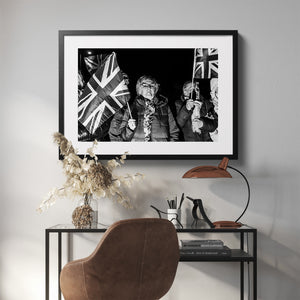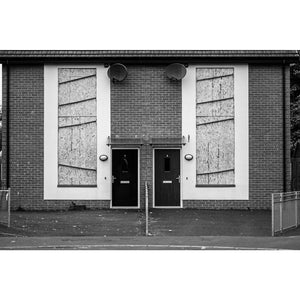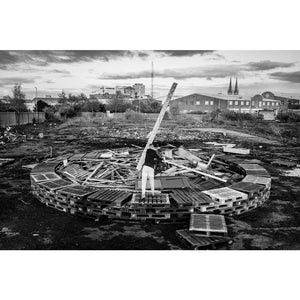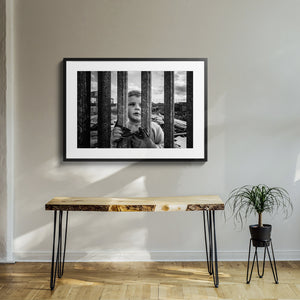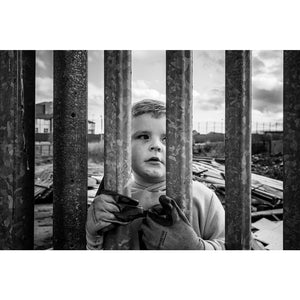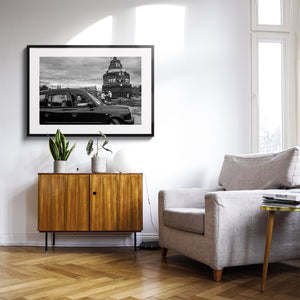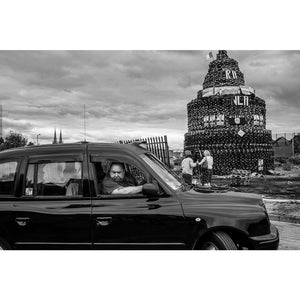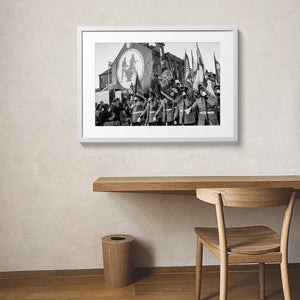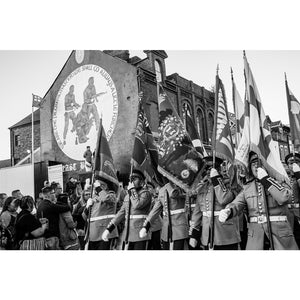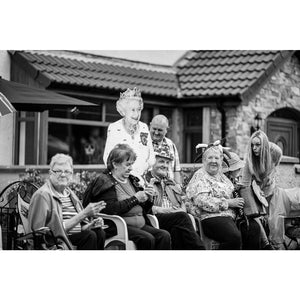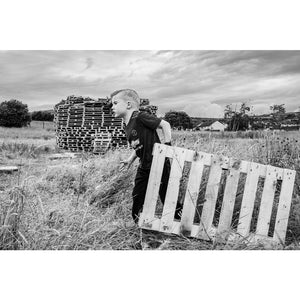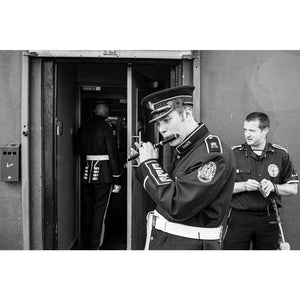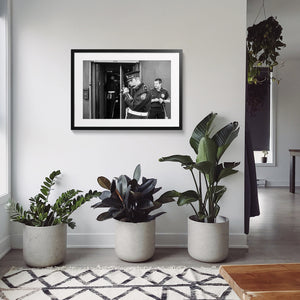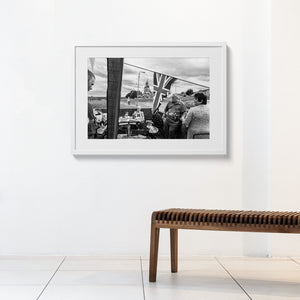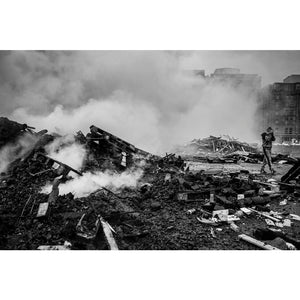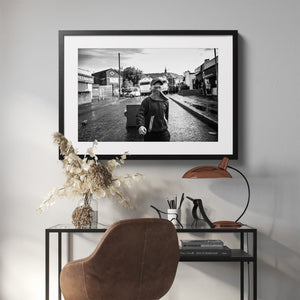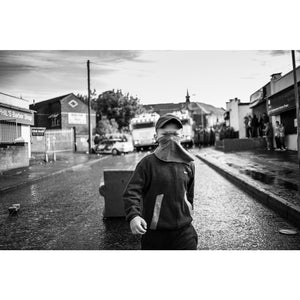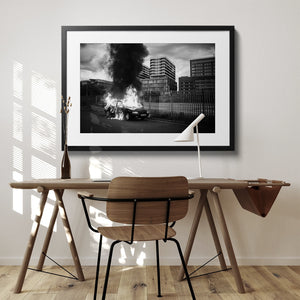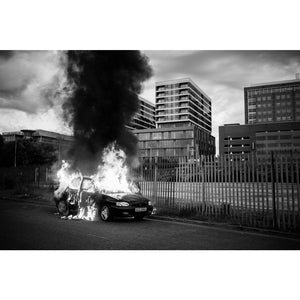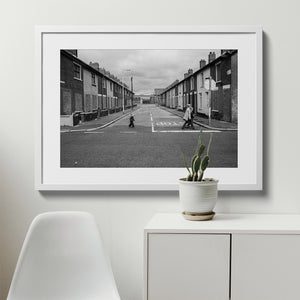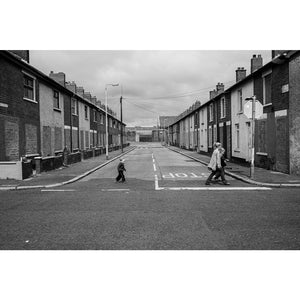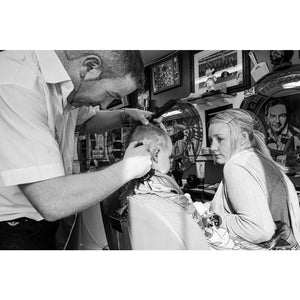21 products
The spaces, aspects of daily lives, and the particularities neighbourhoods separated by ominous ‘peace walls’ Northern Ireland. See all photos in Not Surrendering Collection.
Discover Not Surrendering Story
The first things that come to mind when recalling the conflict in Northern Ireland are Bloody Sunday and the Omagh bombing. For many of us, this is associated with a distant past. However, for the residents of Ulster, ‘The Troubles’ continue as a daily reality; the locals function in an environment struggling with the transgenerational trauma caused by over 30 years of conflict that officially ended in 1998.
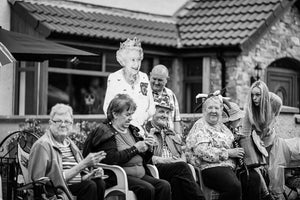
This led to visual storytelling long term project entitled Not Surrendering and brings us closer to an almost completely unknown social group marginalised by British politicians, the royal family, and mainstream media for various reasons. Through years of observation and determination as well as the patient winning of trust in a very closed community, a unique image of everyday life among British loyalists has emerged.
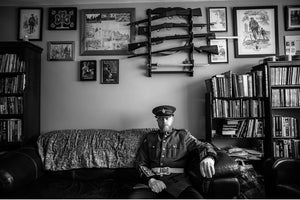
Not Surrendering tells a visual story specifically about the struggle of loyalists to shape a distinct identity in post-conflict Northern Ireland. The documentary narrative introduces us to the daily lives of the local British working-class as well as members of its illegal paramilitary groups. Recognised as terrorist organizations until recently, these associations still carry weight, sow fear, and control Northern Ireland’s Ulster.

By focusing on the spaces which the book’s subjects inhabit, aspects of their daily lives, and the particularities of their neighbourhoods separated by ominous ‘peace walls,’ the photography brings to the fore the psychological state of siege which permeates working-class districts in Northern Ireland. The story also spotlights the atmosphere of despair which accompanies each successive generation – trapped socially and mentally in unprocessed traumas from which it cannot escape.
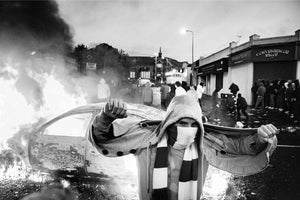
The aim of the Not Surrendering is to increase awareness and knowledge about processes of reconciliation in post-conflict societies that are divided territorially, politically, nationally, and religiously.
The story this volume tells highlights the difficulties NGO and other grassroots projects face while working with difficult youth from families deeply involved in the conflict.
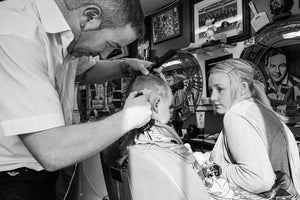
The photographic images illustrate the tensions arising during celebrations of national identity, during which especially members of paramilitary groups openly fan the flames of hatred towards their neighbours. This directly affects the indoctrination of the youngest who actively participate in numerous events of this type, leading often to recruitment of young people into paramilitary associations or organised criminal groups.
